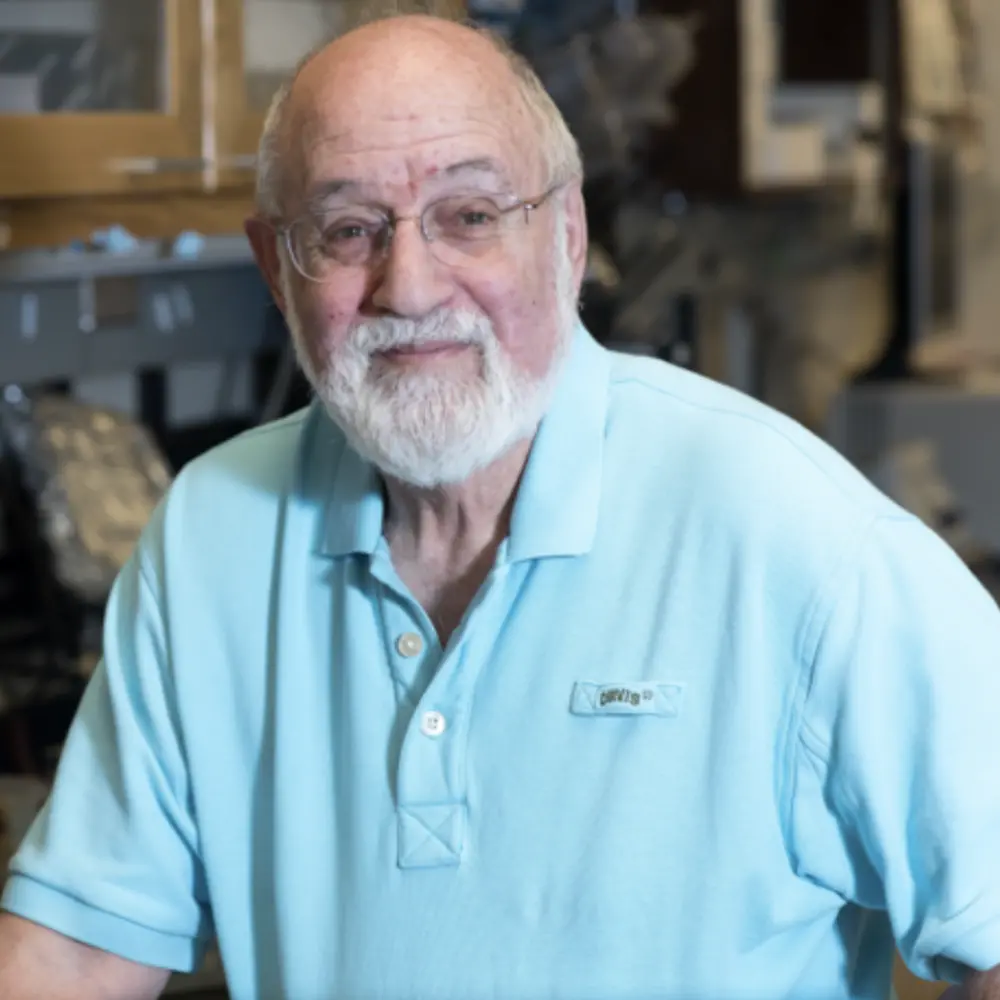
Professor John. E. Cronan, Microbiology Alumni Professor and professor of biochemistry at the University of Illinois, is a leading researcher and innovator in the field of lipid metabolism. His recent work focuses on the synthesis of biotin and its building blocks across different species of bacteria. His publication with biochemistry graduate student Yuanyuan Hu uncovers the mechanism for synthesis of the biotin precursor that provides most of the biotin carbon atoms, the pimelate moiety, in α-proteobacteria.
This biological molecule has potential as a target for antimicrobials. Mammals don’t make biotin, but bacteria, archea, fungi, and plants do. Because of this, drugs impacting the ability of microorganisms, like pathogenic bacteria, to synthesize biotin could be used on antibiotic-resistant bacteria during infections with little negative impact on human host cells. But in order to inhibit the biotin synthetic pathways, researchers need to understand how they work.
Curiously, the mechanism of biotin precursor synthesis in α-proteobacteria has turned out to be significantly different than in well-studied pathways of E. coli and Bacillus subtilis. Cronan and Hu uncovered a novel pathway in α-proteobacteria and published their findings in the Nature Communications article, “α-Proteobacteria synthesize biotin precursor pimeloyl-ACP using BioZ 3-ketoacyl-ACP synthase and lysine catabolism.”
In this new pathway, the novel enzyme BioZ catalyzes formation of the biotin precursor, pimeloyl-ACP, with a majority of the carbon atoms coming from an intermediate in lysine degradation, glutaryl-CoA. Researchers were intrigued by the use of the molecule from a degradation pathway, as this was not found in the previously known biotin synthesis pathways.

In this work, Cronan and Hu demonstrated that BioZ can replace two enzymes in the E. coli biotin synthesis pathway, definitively proving its role in the synthesis of pimeloyl-ACP. Additionally, BioZ has many functional similarities and a 35% sequence identity with the FabH proteins in E. coli and Streptomyces coelicolor. The FabH proteins catalyze the initial reactions in the fatty-acid synthetic pathway, reactions that are well-characterized. Cronan and his team were able to discern the function of BioZ in part by recognizing its structural similarity to FabH and FabH-like activity.
In addition to these contributions to the scientific community’s knowledge of biotin, Cronan’s lab also recently published on the discovery of a novel protein in Mycobacterium smegmatis that plays a critical role in pimelate moiety synthesis.
